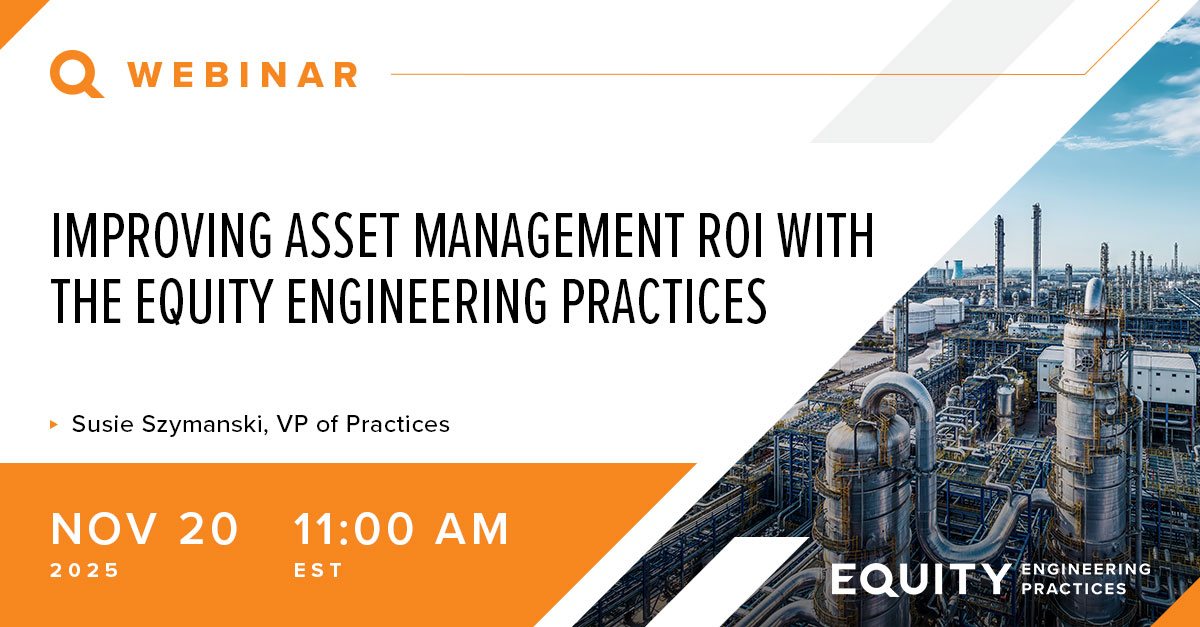INDUSTRY INSIGHTS NEWSLETTER

Welcome to Equity's Industry Insights Newsletter
Bolted flange joints play a critical role in ensuring the integrity and operational reliability of pressure vessels and piping systems, especially as processes evolve to handle more hazardous substances and as stricter environmental regulations demand leak-free performance.
At Equity Engineering, we combine our experience in bolted joint design, analysis, and troubleshooting with the latest ASME and API codes, lifecycle management best practices, and industry-leading tools such as IntelliJoint. Through rigorous adherence to proven methodologies, our team delivers solutions that minimize leak risk and maximize asset reliability.
Sign Up to Receive Industry Insights Sent to Your Inbox
Featured Articles
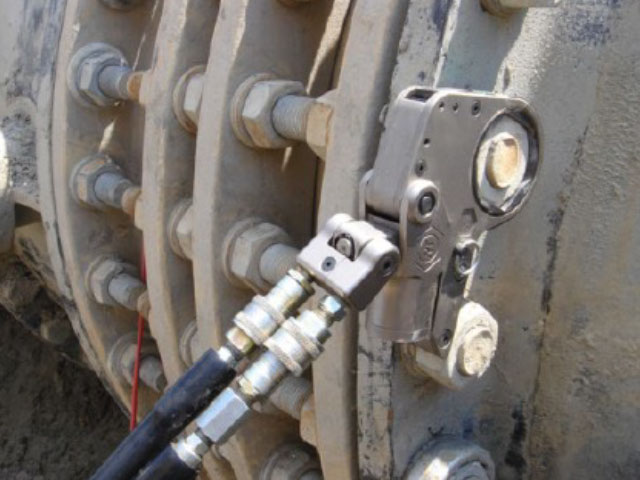
Bolted Flange Joint Assembly and Integrity
Learn how to improve performance by adopting inspection and maintenance best practices and applying advanced finite element analysis (FEA). This article discusses key design and operational considerations, drawing from codes and standards as well as Equity Engineering’s experience in assessing bolted joints.
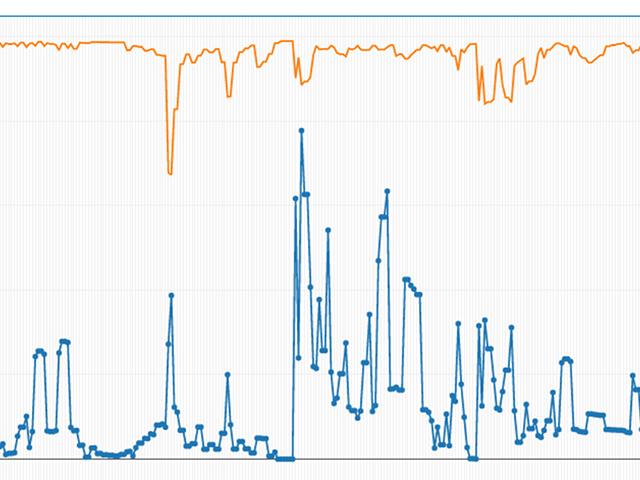
Hammered Pipe Still Standing: Is It Fit for Service?
Steam piping systems that are not adequately controlling condensate levels may experience a steam hammer event, which is when a slug of condensate is propelled at high velocity down the piping system. When the large dynamic slug force hits an elbow or pipe cap, it can displace the piping system or slide the pipe shoes off the structural members. In this case study, Kraig Shipley discusses a recent consulting project that used SIMFLEX-IV to determine if a steam header was still fit -for -service after a steam hammer event.
Recently Published in the Industry Insights Newsletter
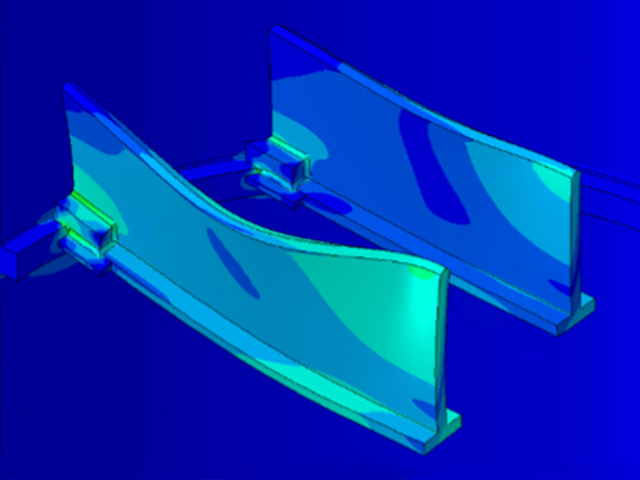
Structural Engineering Applications for Fixed Equipment Analysis
Typically, maintenance teams are focused on a facility’s pressure vessels, piping, and tanks, which leaves structural infrastructure to be overlooked. In this article, Derek shares several case studies that highlight how combining structural and mechanical engineering approaches can solve several unique fixed equipment challenges.
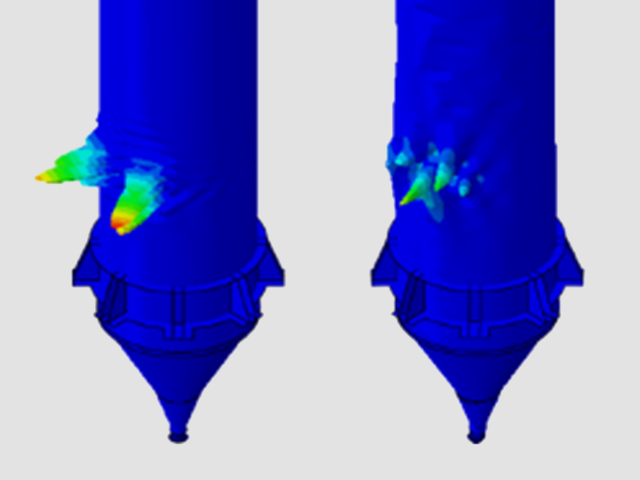
ASME Silo Design: An Introduction to ASME SBS
Up until the recent publication of ASME SBS-2023: Structures for Bulk Solids (ASME SBS), there has not been a comprehensive
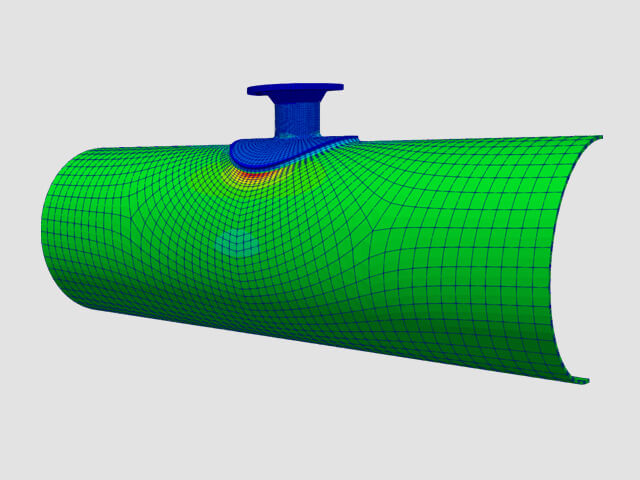
Nozzle Design – By Rule or By Analysis
Are you struggling with time-consuming finite element analysis (FEA) for nozzle connections? The Nozzle FEA tool will cut FEA analysis time from weeks to minutes while ensuring full ASME VIII-2 compliance. In this article, the authors compare nozzle design by rule to design by analysis and highlight how this webtool consistently outperforms the competition.

